Shailendra Gulati's poem 'Salutations to Lord Shiva ' offers a profound exploration of Shiva's multifaceted nature, capturing the essence of his paradoxical characteristics through evocative language and deep reverence. The poem delves into the complexities of Shiva's identity, portraying him as both the ascetic and the householder, the destroyer and the benefactor, the formless absolute and the embodied deity.
The depiction of Shiva as the 'vanquisher of Kama' juxtaposed with his association with the Kamasutra highlights his transcendence over desire while acknowledging his role in the realm of sensuality and procreation. This duality underscores the concept of Shiva as the embodiment of both renunciation and engagement with the world.
The poem's reference to Shiva as 'Shav without Shakti' emphasizes the inseparability of Shiva and Shakti, the dynamic feminine energy. This unity is symbolized in the form of Ardhanarishvara, where Shiva and Parvati are depicted as a single entity, representing the synthesis of masculine and feminine principles.
The imagery of Shiva dancing in supreme joy and performing the Tandava in anger reflects his role as Nataraja, the cosmic dancer whose movements signify the cycles of creation, preservation, and destruction . This dance embodies the rhythm of the universe, illustrating the balance between chaos and order.
Shiva's portrayal as the dweller in cremation grounds and as the greatest god of all encapsulates his transcendence over life and death, purity and impurity. This aspect is further symbolized by the Shiva Lingam, an abstract representation of Shiva that signifies the union of the male and female energies, embodying the totality of existence.
The poem concludes with the affirmation 'Sivoham! Sivoham! Sivoham!', 'I am Shiva!', echoing the Advaita Vedanta philosophy that the individual self (Atman) is identical to the ultimate reality (Brahman). This realization of oneness with Shiva signifies the attainment of spiritual liberation.
Salutations to Lord Shiva
“In this Salutation to Shiva, I seek to comprehend His innumerable forms. Shiva draws you into deep love through the sheer intensity of His essence. He is non dual, He is complete, yet He manifests in such diverse, enigmatic ways.”
- The vanquisher of Kama, the god of desire, and yet the very originator of the Kamasutra.
- He is the pure, changeless, attribute less transcendental consciousness, and also the inert Shava without the animating force of Shakti.
- He is neither light nor darkness, neither form nor energy, neither sound nor matter.
- Only Shiva exists; timeless, spaceless, birthless, deathless, without decay.
- He transcends all dualities and contradictions.
- Somewhere He remains untouched by pleasure and pain, good and evil, elsewhere He dances His cosmic play displaying every emotion in divine Leela.
- He cannot be seen by the eyes, but can be realized in the depths of the inner heart.
- Somewhere He dances in supreme bliss, elsewhere He performs the fierce Tandava in cosmic wrath.
- He is the giver of wishes, joy, and love, and the bestower of Moksha, final liberation.
- I see Him dwelling in the cremation ground, and also enthroned as the Supreme among gods.
- All beings and the universe arise from Him, exist within Him, are upheld and dissolved by Him, and finally merge back into Him.
- He is the fierce destroyer, He is the serene ascetic, He is the passionate lover, He is Satyam, Shivam, Sundaram.
- He is the supreme renunciate.
- He is the sacred Lingam.
- He is Rudra, the awe-inspiring and terrifying deity holding the Trishula, yet also the most captivating and blissful form with the Ganga cascading from His locks.
- He is the easily angered Rudra and the easily pleased Ashutosha.
- He embraces the beauty of Parvati and the stillness of the Himalayas, yet He roams with Chandalas, Bhutas, Pretas and His loyal Ganas.
- He is the source of all knowledge and wisdom, yet so simple, so innocent, Bholenath.
- He is beyond both Prakriti and Purusha, He is Ardhanarishwara.
- He is the all-pervading consciousness.
- He is the eleven Rudras.
- He is the five faced Pasupatinath.
- He is the Guru.
- He is the Jivanmukta, the eternally liberated one.
Concluding Poetic Lines
'In Me the universe had its origin, In Me alone the whole subsists; In Me it is lost; Siva, The Timeless, it is I Myself, Sivoham! Sivoham! Sivoham! On Namah Shivaye I am Shiva'
In Me the universe had its origin
I am the primal vibration from which all existence emerges. The seed of time, space, and causation lies dormant in Me. I am the bindu, the silent center before the first sound. The cosmos, with all its galaxies, elements, laws, and beings, is born from My undivided presence.
In Me alone the whole subsists
I am the substratum upon which the play of creation unfolds. Every breath, every form, every law of nature operates within the field of My infinite awareness. Like waves in the ocean, the universe rises and falls, but I remain the still, unchanging depth beneath it all.
In Me it is lost, Siva
I am the Great Absorber. When cycles complete, all names and forms dissolve into My formless essence. The devas, the worlds, the tattvas, all return to the silence from which they arose. This is not destruction, but restoration to the eternal state of pure consciousness.
The Timeless, it is I Myself
I exist beyond past, present, and future. I am not affected by the wheel of time but hold it in My grasp as Mahakala. Suns may rise and fall, cycles may unfold and end, but I remain ever the same, indivisible, eternal, and unbound.
Sivoham Sivoham Sivoham
I am Siva, not merely a deity to be worshipped but the very Self within. This is the supreme declaration of the realized soul. Not this, not this, until all veils drop and only I remain, pure, blissful, infinite consciousness. The wave recognizes it is the ocean. The seeker becomes the sought.
Om Namah Shivaya
The most sacred five-syllable mantra, it is not just a chant but the vibration of surrender and recognition. Namah, I bow. Shivaya, to the auspicious one, the inner Self. With each syllable, layers of ego are shed, and the Self-shines forth. This mantra purifies, protects, and liberates.
I am Shiva
Not separate, not different. I am not merely a fragment of the divine, I am That. When all identities are stripped, when the mind becomes still, when the heart opens, what remains is the unbroken awareness of I am. That I is not of the body, not of the mind, not even of the soul. It is Shiva Himself.
Embracing the Infinite: The Transformative Power of Salutations to Lord Shiva
Weaving together a vibrant tapestry of evocative metaphors and profound philosophical reflections, 'Salutations to Lord Shiva' transcends the boundaries of a simple devotional hymn. It becomes an immersive journey, inviting readers not only to offer reverence but also to embark on a contemplative exploration of the divine. Each verse unveils new facets of Shiva’s enigmatic persona, drawing the reader into a heartfelt dialogue with the mysteries of existence. Through its lyrical beauty and spiritual depth, the hymn fosters a powerful sense of connection, inspiring awe and introspection as it guides seekers toward a deeper understanding of the eternal and the infinite.


-in-Astrology.jpg)
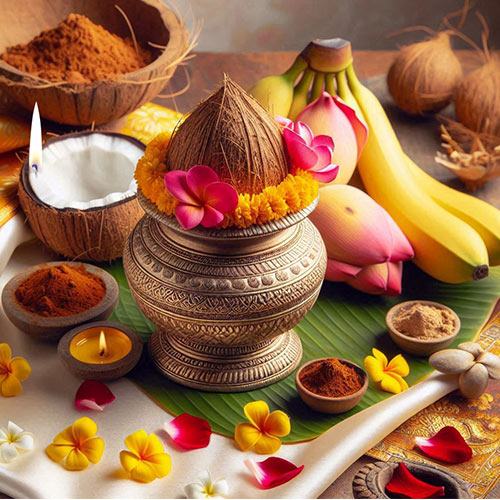

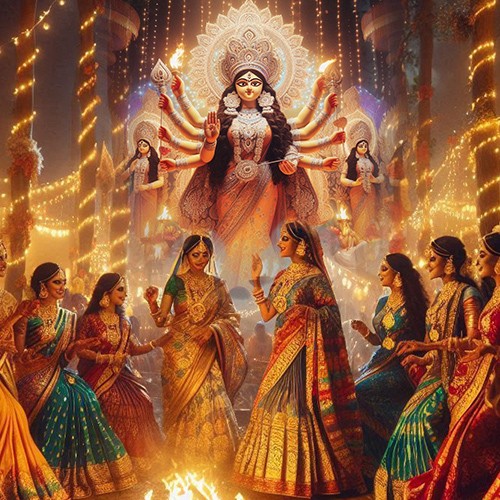
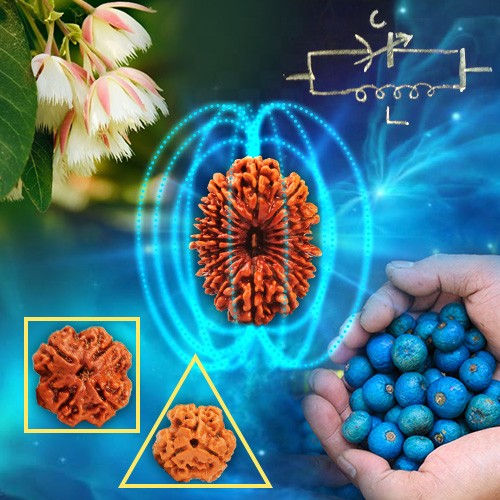

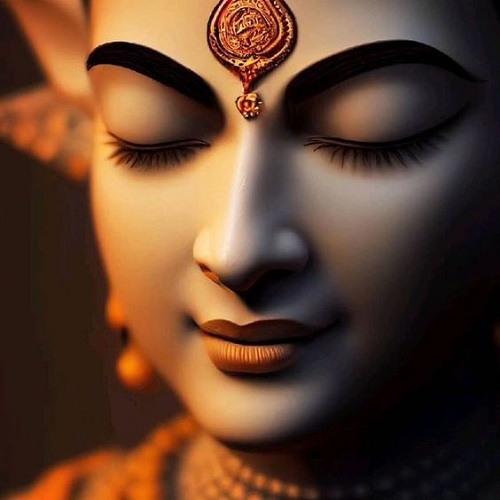
.jpg)
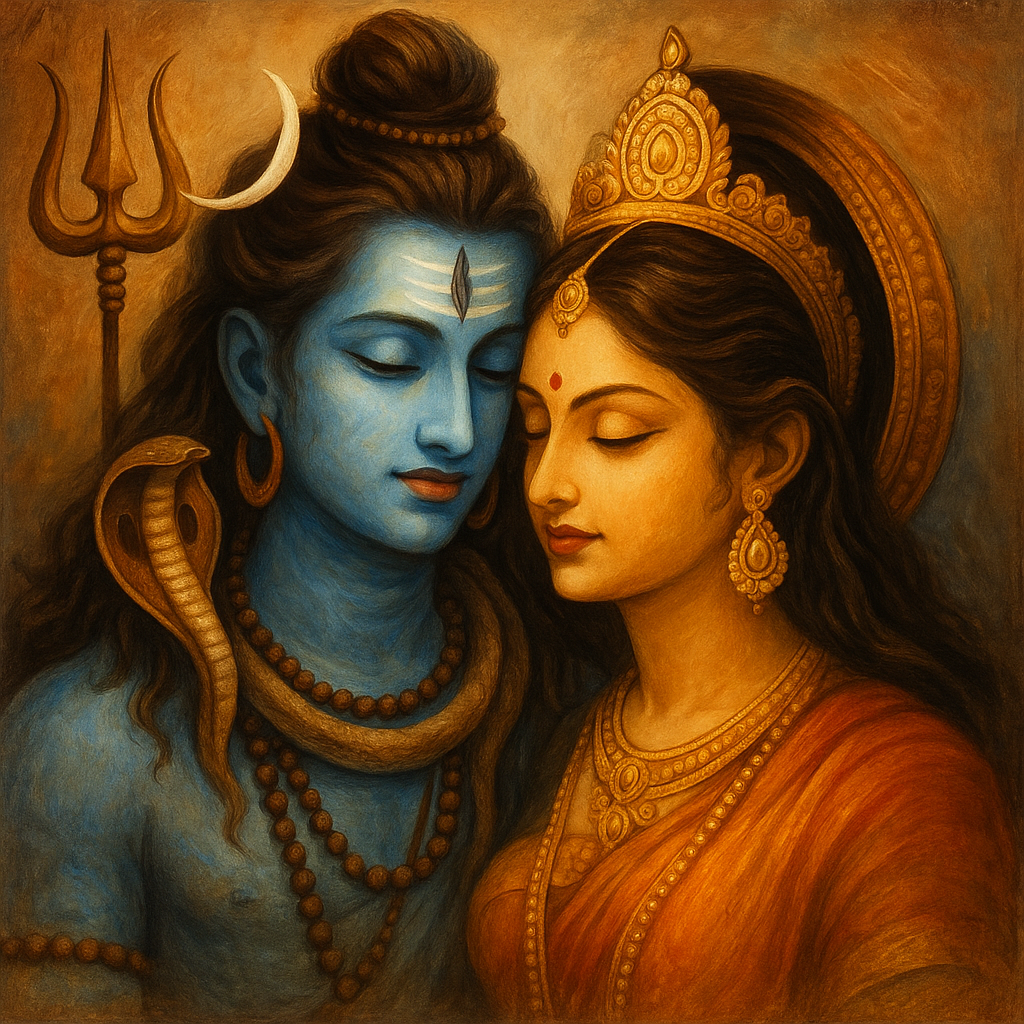
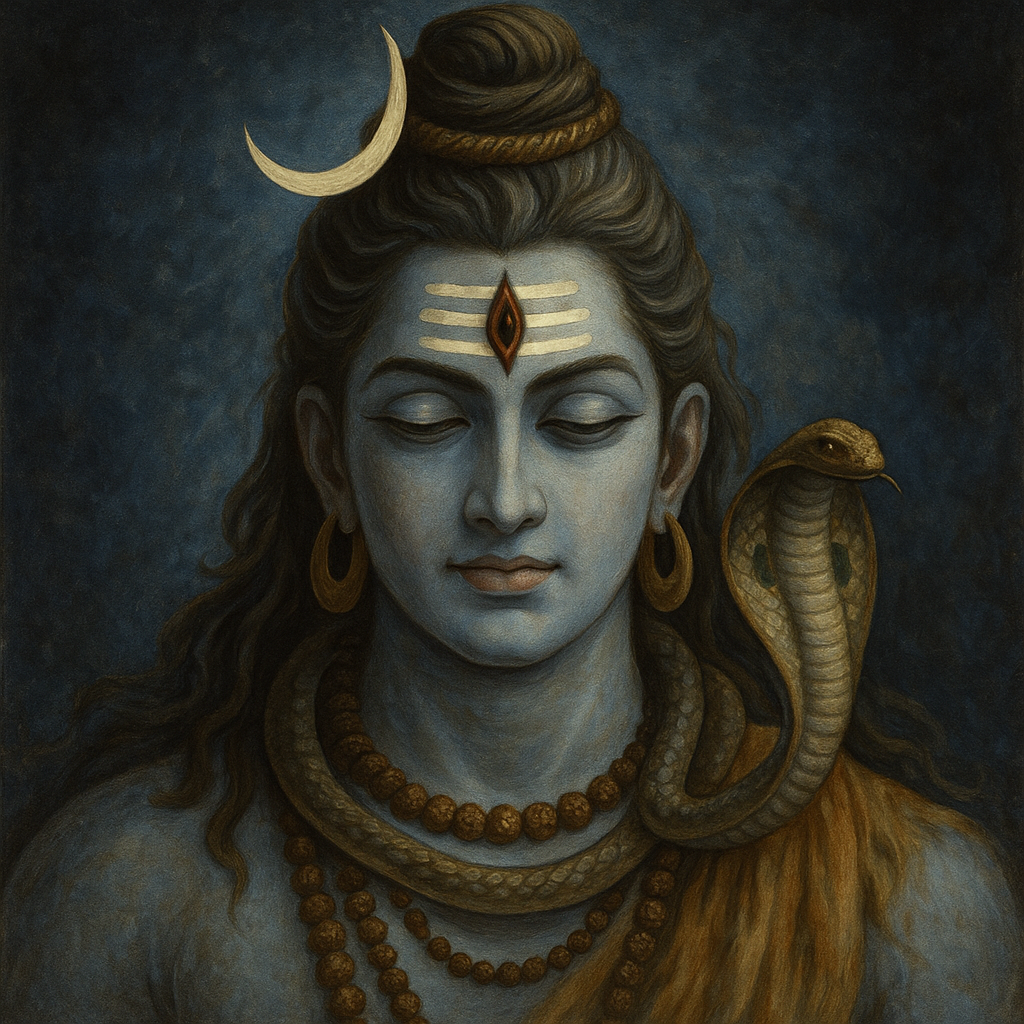
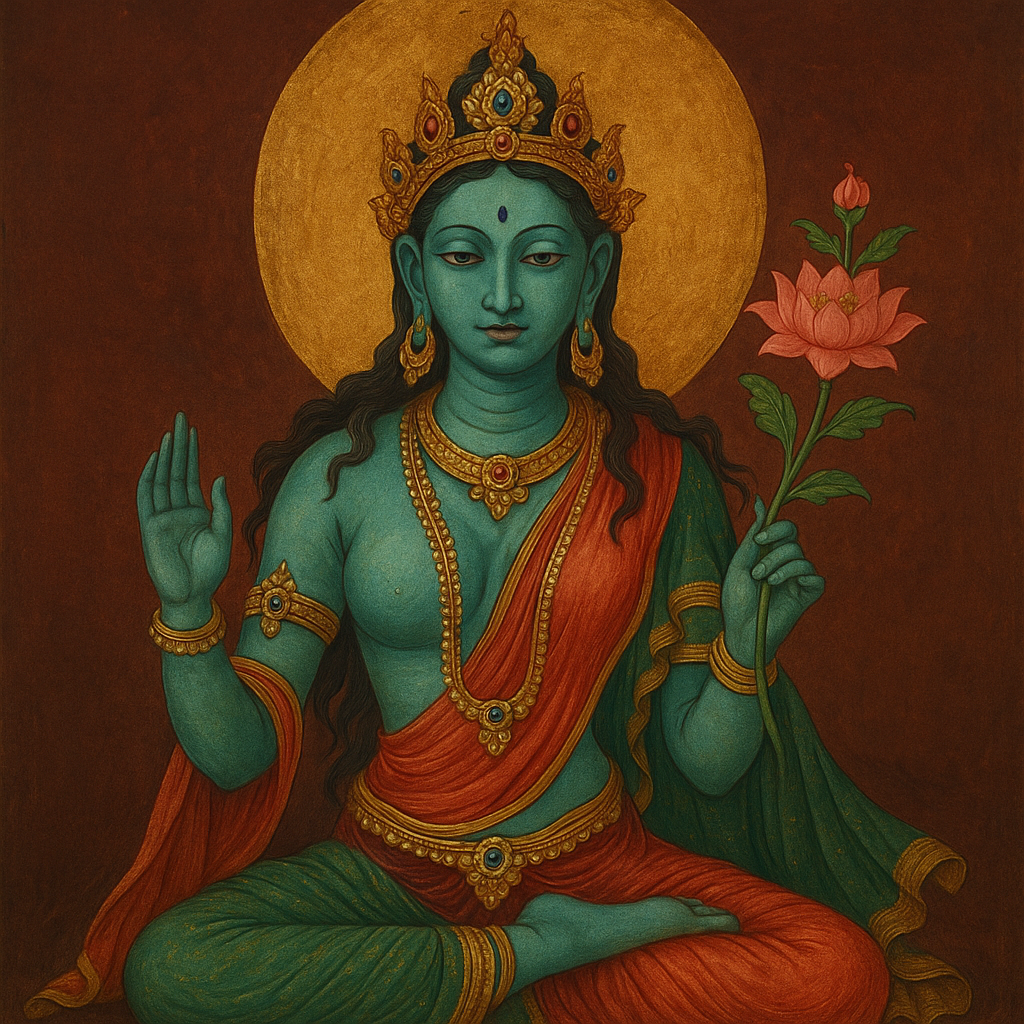
Comments 0
Leave your thought here